Effective PCI DSS compliance starts with best-practice cybersecurity. Yet too often in the payments ecosystem gaps in protection start to appear which determined attackers are more than capable of exploiting. The result can be serious reputational and financial damage and non-compliance fines.
This doesn’t have to be the story of your business. With the right approach, you can remove the burden of PCI DSS compliance and increase the maturity of your security posture on budget.
The story so far
The threat landscape continues to evolve at breakneck speed. One vendor blocked nearly 63 billion threats last year alone. Cardholder data remains a top priority for cyber-criminals keen to monetize what they can when they can. And the pandemic has created a wealth of new opportunities for well-timed attacks.
On the one hand, there’s a new breed of merchants driven online by high street closures. They may be using technologies and tools they have little knowledge about, and even less understanding of where the cyber risk lies. On the other, there may be larger merchants using legacy systems shot through with unpatched vulnerabilities. As more of their transactions migrate online, there’s more chance they’ll come under the scrutiny of cyber-criminals.
Meanwhile, DevOps teams in many payments firms continue to struggle to integrate security into their CI/CD pipelines. Third-party components, in particular, represent a major threat that continues to grow.
At the same time, few organizations in the payments ecosystem have the resources they need to spend on these challenges. Global cybersecurity skills shortages remain critical even for those who do have the money to hire new talent. In many cases, budgets are being spent in the wrong areas. Just 38% of UK organizations told PwC they’re very confident their cybersecurity spend is being allocated to the most significant cyber risks, versus 44% globally. And only 36% are very confident they’re getting the best return on their spend, compared to 42% worldwide.
What happens next?
Existing approaches have been plagued by excessive cost and complexity, limited in-house skills, and underpowered tools. Breaches continue to happen. Customers suffer. PCI DSS compliance falters. According to the latest Verizon report, less than 28% of global organizations achieved 100% compliance during their 2019 interim compliance validation. That was a 9% drop from the previous year. The figure has been falling for years.
This is where Advantio Managed Detection & Response comes in. It’s a single turnkey solution designed to drive secure operations via:
-
Secure and scalable infrastructure hosted on globally certified AWS systems.
-
Managed detection and response (MDR) for rapid, 24/7 incident response and remediation.
-
Vulnerability management (as-a-service) provides the people, process and technology you need to find, assess, remediate and mitigate security weaknesses in your systems.
-
PCI compliance by removing and automating all recurring PCI DSS compliance tasks, to remove the burden from your in-house teams.
Whether you’re an acquirer, service provider, or merchant, maintaining growth in a highly competitive market depends on managing risk effectively. But individual investments in people, technology, and cybersecurity often don’t produce the required results.
Advantio provides the scalable platform you need to minimize cyber risk, keep customers happy and offload the burden of PCI compliance.
About Advantio Managed Detection & Response
Built on a secure and PCI compliant AWS environment, Advantio Managed Detection & Response manages the security and operations for your SecDevOps to deliver the most scalable, secured, turnkey platform for all stakeholders within the payment ecosystem.








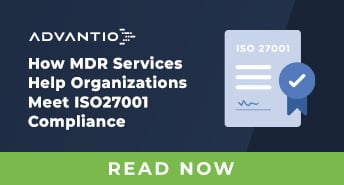
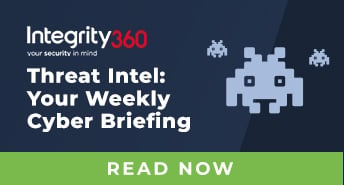
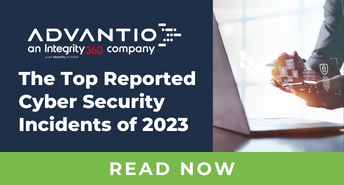
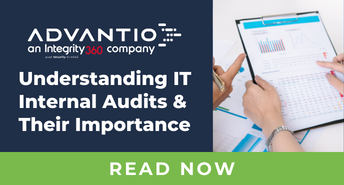
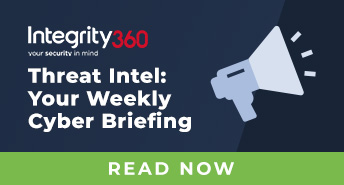
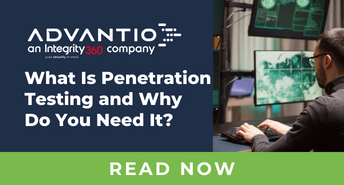

Comments